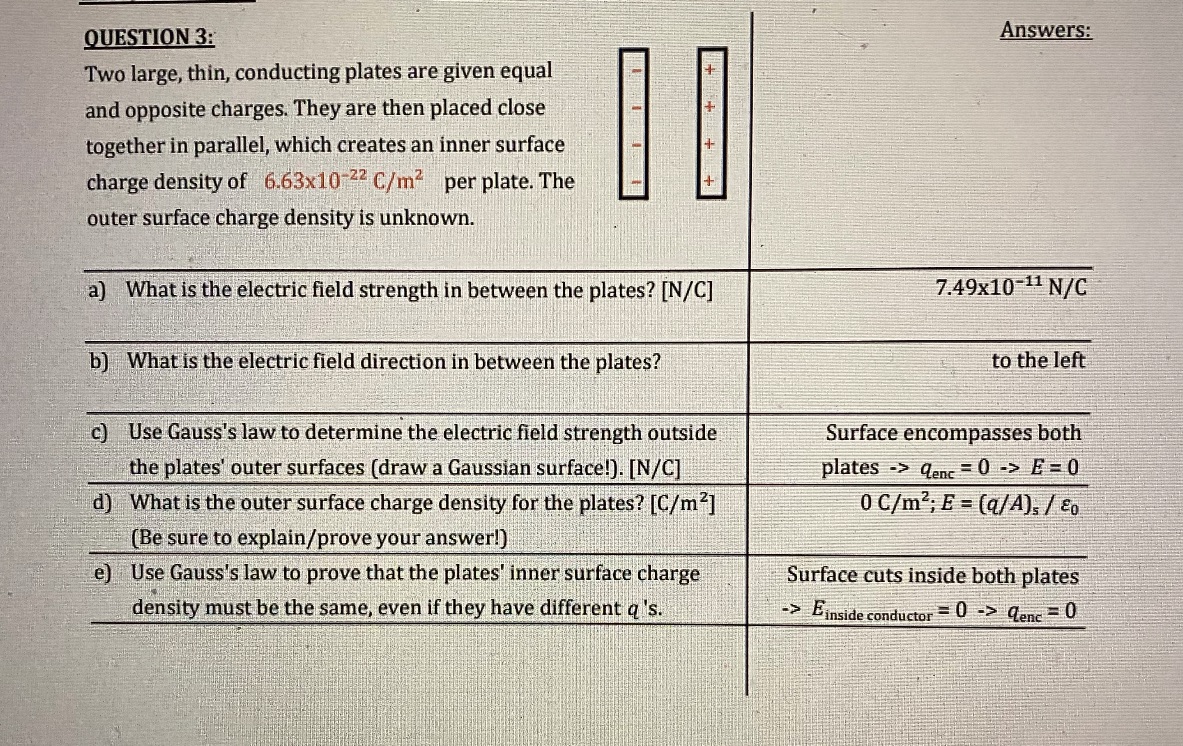Answered step by step
Verified Expert Solution
Question
1 Approved Answer
Show all steps to how the answers are found. QUESTION 3: Answers: Two large, thin, conducting plates are given equal and opposite charges. They are
Show all steps to how the answers are found.

Step by Step Solution
There are 3 Steps involved in it
Step: 1

Get Instant Access to Expert-Tailored Solutions
See step-by-step solutions with expert insights and AI powered tools for academic success
Step: 2

Step: 3

Ace Your Homework with AI
Get the answers you need in no time with our AI-driven, step-by-step assistance
Get Started


